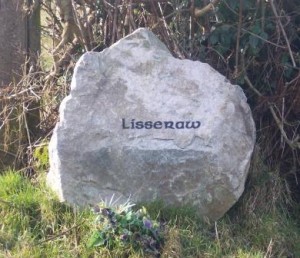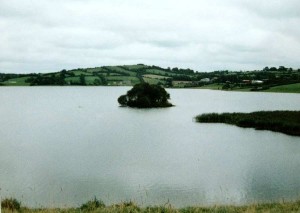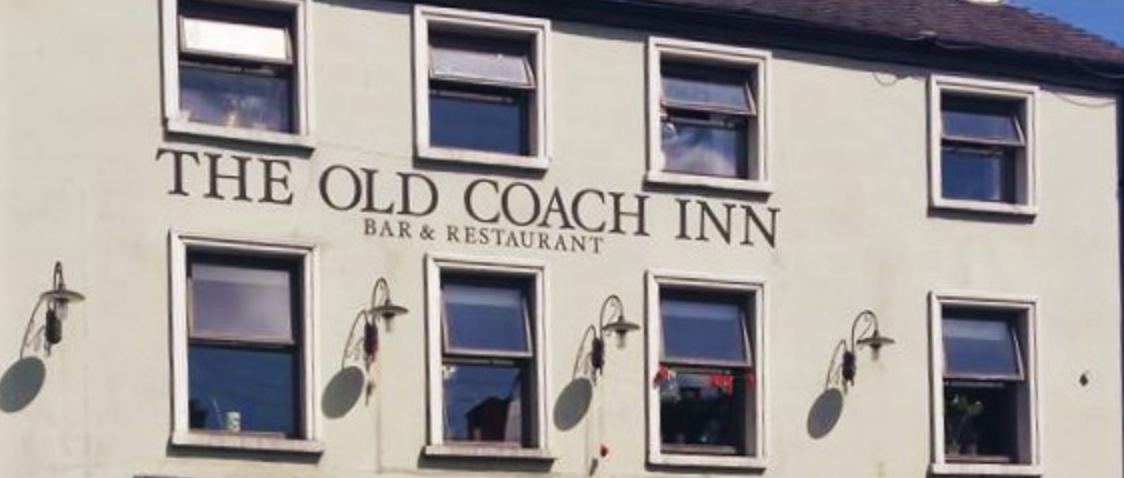Culture & Heritage
Local Townlands
The club has embarked on a project to revive the use of local townland names. This uniquely Irish tradition was eroded through the rural road naming initiative of the early 1970’s.
It is proposed to mark the boundaries of the local townlands with townland stones and we would encourage everyone to include the name of their townland in their address.
We would welcome the help of anyone who would like to become involved in this important venture that will ensure our cultural heritage is preserved for future generations.
More information on the names and origins of local townlands can be found on the following website: Creggan History Society
![]()
Lough Ross
Sir Phelim O’Neill, nephew of the great Hugh, planned the 1641 Rebellion here, in the house of Turlough Óg O’Neill. At the meeting were also Lord Maguire, Rory O’ More and Emer McMahon. The dispossessed Irish had been plotting for many years to wipe out the imposed alien culture, to regain their lost lands and re-establish Gaelic rule. The rebellion ended in failure and led to the Cromwellian invasion and Plantation
![]()
Annaghmare Court Cairn (The Black Castle)
Situated on a rocky outcrop west of Slieve Gullion, Annaghmare court tomb is one of the finest surviving examples of its kind in Ireland. The townland of Annaghmare gets its name from the Gaelic Áth na Marbh meaning ‘the ford of the dead’. The tomb is known locally as ‘the Black Castle’ and is said to have been the site of many ghostly apparitions. When it was excavated in the 1960s archaeologists found human bones, pottery, flints and, interestingly, bear teeth.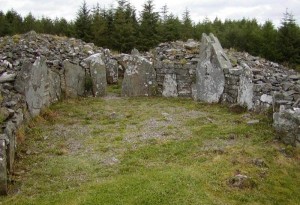 Court tombs get their name from a semi-circular forecourt defined by several large stones which leads into a series of burial chambers. Unusually, at Annaghmare there is a small standing stone in the centre of the court. The court suggests that they were used as both tombs and ritual sites. These tombs were normally covered by cairns (great mounds of earth and stone). Court tombs are the first type of megalithic monument to have been built in Ireland and date from around 4000-3000 BC . There are almost 400 surviving court tombs in Ireland which are found almost exclusively in the northern third of Ireland – in Ulster and north Connacht.
Court tombs get their name from a semi-circular forecourt defined by several large stones which leads into a series of burial chambers. Unusually, at Annaghmare there is a small standing stone in the centre of the court. The court suggests that they were used as both tombs and ritual sites. These tombs were normally covered by cairns (great mounds of earth and stone). Court tombs are the first type of megalithic monument to have been built in Ireland and date from around 4000-3000 BC . There are almost 400 surviving court tombs in Ireland which are found almost exclusively in the northern third of Ireland – in Ulster and north Connacht.
Creggan Church & Graveyard
The present church was built in 1758 on the site of an earlier one. The tower was added in 1799. The O’Neill clan who arrived in the area about 1480 had built that earlier church. The church occupies a picturesque position, above a deep wooded glen – “The Poets’ Glen” – beside the Creggan River. The graveyard was, and remains, shared by the 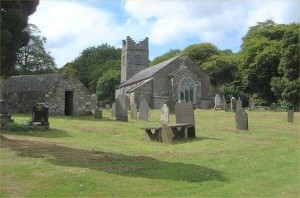 main religious groups, who have maintained it faithfully in its present state, after a major restoration, for the last 30 years. An Ecumenical Service has been held annually since 1988.
main religious groups, who have maintained it faithfully in its present state, after a major restoration, for the last 30 years. An Ecumenical Service has been held annually since 1988.
The Graveyard is the final resting-place of three notable Gaelic Poets of the 18th Century; Art Mac Cooey, Padraig Mac Aliondain and Seamus Mor Mac Murphy (Poet and Outlaw). Two other Gaelic Poets are associated with the area; Peadar O Doirnan (Forkhill) and Seamus dall Mac Curta (Omeath).
The Creggan Visitors’ Centre, in the grounds of the Church, houses an exhibition on “The Poets and People of Creggan”, a combined production of the Creggan Hall Management Committee and the Creggan History Society as a cross community project.
![]()
Cardinal Tomas O Fiaich
Tomás Ó Fiaich was born in Anamar, near Cullyhanna in November 1923. He was educated at Cregganduff Public Elementary School (1928 – 1936), at St. Patrick’s College Armagh, St. Patrick’s College Maynooth and at St. Peter’s College, Wexford. He was ordained 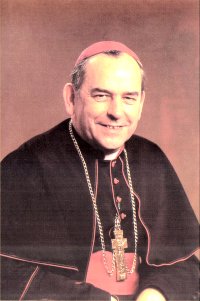 Priest in St. Peter’s College Wexford on 6 June 1948. After studying in University College Dublin, St. Anthony’s College Louvain and a short time as curate in the Parish of Clonfeacle, Tomás returned to St. Patrick’s Maynooth College to lecture in modern history. He rose from lecturer to Professor in 1959, to Vice-President and finally to President in 1974.
Priest in St. Peter’s College Wexford on 6 June 1948. After studying in University College Dublin, St. Anthony’s College Louvain and a short time as curate in the Parish of Clonfeacle, Tomás returned to St. Patrick’s Maynooth College to lecture in modern history. He rose from lecturer to Professor in 1959, to Vice-President and finally to President in 1974.
On 22 August 1977, Tomás Ó Fiaich was appointed Archbishop of Armagh. In June 1979 he was elevated to Cardinal and in the same year he welcomed Pope John Paul II, the first Pope to visit Ireland.
Tomás Ó Fiaich died on 8 May 1990, while leading a pilgrimage to Lourdes, France. He was buried in Armagh amid scenes of national grief for a man who all agreed had the common touch.
Tomas O Fiaich served as President of Crossmaglen Rangers GFC from 1959 until his death in 1990. In order to encourage County football back to St Oliver Plunkett Park, Crossmaglen the Late Cardinal donated a magnificent replica trophy of the Sam Maguire Cup to the club for an inter county competition for the four counties of the Archdioscese. The tournament was an outstanding success and St Oliver Plunkett Park is now a well established County Ground catering for McKenna Cup and NFL games each year. However, in recent years the competition for the O Fiaich Cup has fallen victim to the increasingly hectic Intercounty schedules.
The clubs new stand opened in 2002 is named in the Cardinal’s memory.
![]()

